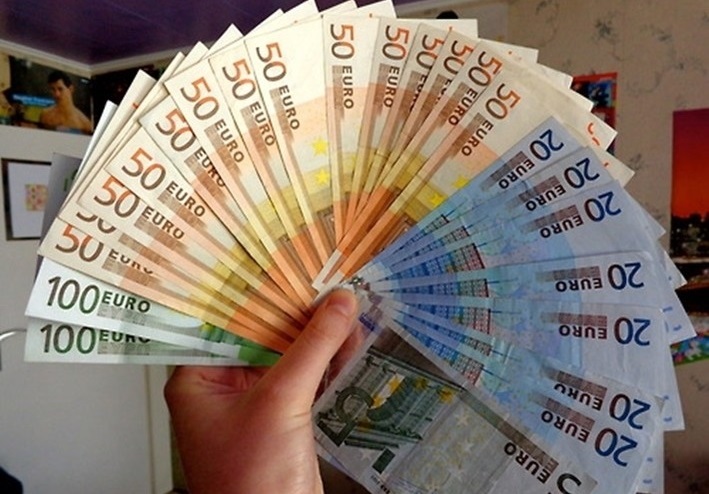Ukraine-Russia conflict and impacts on euro
The main factor influencing the euro/dollar in the near future may be the Ukraine-Russia conflict's growing escalation.

The euro has already fallen a lot as a result of impacts of Ukraine-Russia conflict.
>> Political changes in Europe and impacts on the euro
In hindsight, everything is easy. But knowing that Russian President Putin would choose escalation over surrender following the striking military gains made by Ukraine recently was one of the easier calls. Putin delivered this escalation; outlining mini mobilisation and also scaling up the nuclear threat. But how does the market price, or re-price this nuclear threat; or does it just ignore it?
Clearly the point where somebody has to back off has not been reached yet; either in terms of the military conflict between Ukraine and Russian and nor, indeed, in the wider economic and political conflict between Russia and the West. Politicians in the likes of the US and EU are certainly not going to back down now in light of Putin’s recent remarks.
Indeed, conspiracy theorists might argue that they wanted Putin to double down just so that his eventual defeat and that of Russia can be all the greater. There have already been threats from the West to increase the economic and financial stranglehold on Russia if Moscow sanctions referenda on Russian accession in those parts of Ukraine that have been captured so far.
Putin’s call now for mobilisation will only serve to increase the risks of such action. All of this would seem to bring the nuclear option closer even if still lies deep in the tail of most peoples’ probability distribution. But how does the market go about pricing this, or does it not bother? Investors can buy corporate and sovereign credit default swaps (CDS), but they are worth nothing in a nuclear war if there’s nobody left to make the payout.
Could history be some guide? The Cuban missile crisis in 1962 will be cited by many as the closest to world has come to a nuclear conflict. Tensions surrounding this helped sink the US stock market (the S&P) by 25% in the first ten months, or so, of 1962, through to the height of the tensions in October that year. But as tensions eased so stocks recovered and there was a 75% rally from the low point in the autumn of 1962 through the following three years.

Putin’s call for mobilisation will only serve to increase the risks of the escalation in Ukraine-Russia conflict.
The said fact suggests that there’s quite a de-escalation dividend to be earned if tensions decline and that could be something that plays on investors’ minds when they consider the worrying situation right now. But more likely is that the crisis drags on and so frustrates the emergence of a significant de-escalation dividend in risk assets in the future. But could we see the opposite of this, at least in the short term, as investors add nuclear escalation to the pile of economic, political, medical and financial risks that have mushroomed in recent years?
>> Europe struggled with lack of power shortages
Mr. Steve Barrow, Head of Standard Bank G10 Strategy, thinks that this seems likely and it is one reason why we still lean to the bearish side for risk assets, even though there’s been some quite substantial capitulation to date. For currencies, the nuclear connotation, plus the prospect of Russia sending hundreds of thousands more to fight as part of its mobilisation, seems likely to draw out even more division between the euro and the dollar.
As we’ve said before, the asymmetry of the impact of the Ukraine/Russia conflict on the hard-hit euro zone and the relatively less impacted US has been the key driver of euro/dollar weakness. If the same asymmetric risk is thought to arise from an escalation into a nuclear conflict, then the euro would appear more vulnerable still. This would seem likely if any nuclear escalation stays initially, at least, within the confines of the Ukraine/Russia conflict and does not spread to the rest of Europe, or even the US. But the euro has already fallen a lot.
Could such cataclysmic outcomes be at least partially priced into the level of the currency right now? Mr. Steve Barrow said the answer to this lies in the affirmative and this is one reason why he still believes that euro/dollar will keep heading down and delve deeper into the 0.95-1.0 range. Of course, should our worst fears happen and military conflict takes on a nuclear aspect in Ukraine, then all bets would be off and the historic lows for the euro, of around 0.82 would be the very minimum that we could expect.








